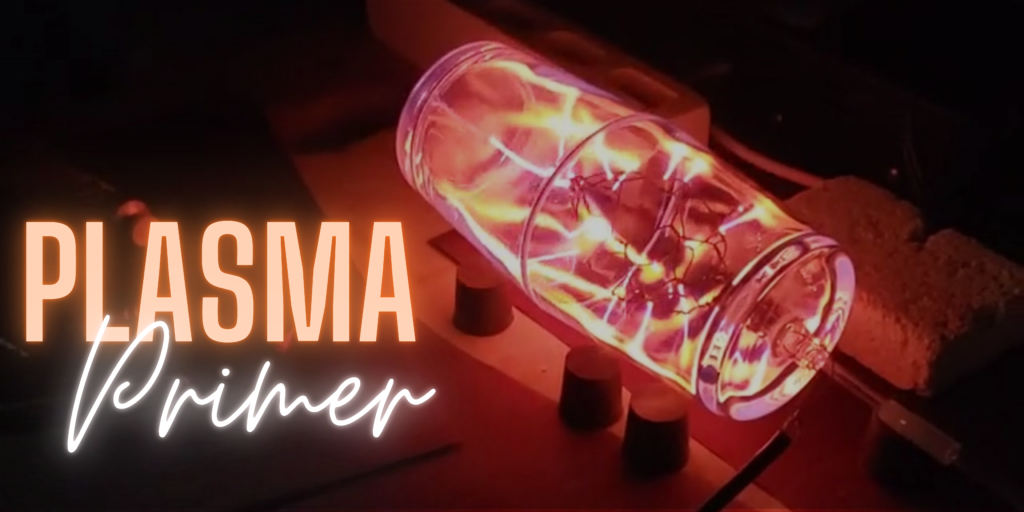|
|
Hello Lightning Tamers!
Another Update from the Intro to Plasma Series! Also little bit of an expansion on the “Parts” or Anatomy of a Plasma Sculpture. I’m using my most recently completed Plasma Sculpture from the collaborative series Cumulus Gone Nimbus with Daria Sandburg called “Golden Dream” as visual reference. So what’s different from the Intro to Plasma Series? Well one of the things that artists including myself find themselves overlooking is the Build & Assembly. This isn’t just in plasma, but in all mediums where maybe the mounting or hardware is thought of as secondary to the their primary medium. When it comes to plasma, not having the full scope considered in the beginning phases, can make your work much more challenging than necessary. |

-Percy Echols II | Taming Lightning
Glass Envelope/ Vessel

*Both glass vessel and envelope are used interchangeably within the context of plasma sculpture.
This is essentially a vacuum-sealable form made of glass.
Gas Mixture
In the process of making a plasma lamp, this is where the “cooking” starts, you can add a little bits of a gas as one would “season to taste” when cooking.
This Includes a combination of noble gases: helium, neon , argon, krypton, and xenon, and or other gases such as Oxygen and Nitrogen.
The use of Phosphors and Glass color will influence your decisions for Gas Mixtures.

Electrode

An Electrode is a conductor that carries the electrical charge from the Transformer to illuminate the Gas Mixture.
It’s important to use electrodes that match your glass composition as they can be purchased for soda lime and borosilicate glass.
Transformer/Power Supply
The Transformer supplies High Voltage and High Frequency Electricity to the Electrode, and excites the Gas Mixture.
You’ll want to choose the appropriate transformer for the scale of your vessel.

Build & Assembly

Your Build & Assembly are the considerations made when determining where and how you present your finished work.
- Use non-conductive material
- Don’t like cords, wires, and electrodes being visible?
- You have three choices:
- Hide/integrate
- Ignore
- Embellish.
- You have three choices:
- With so many components that wear with use or break in transport, it’s good practice to make your piece easy to install and simple to fix.






